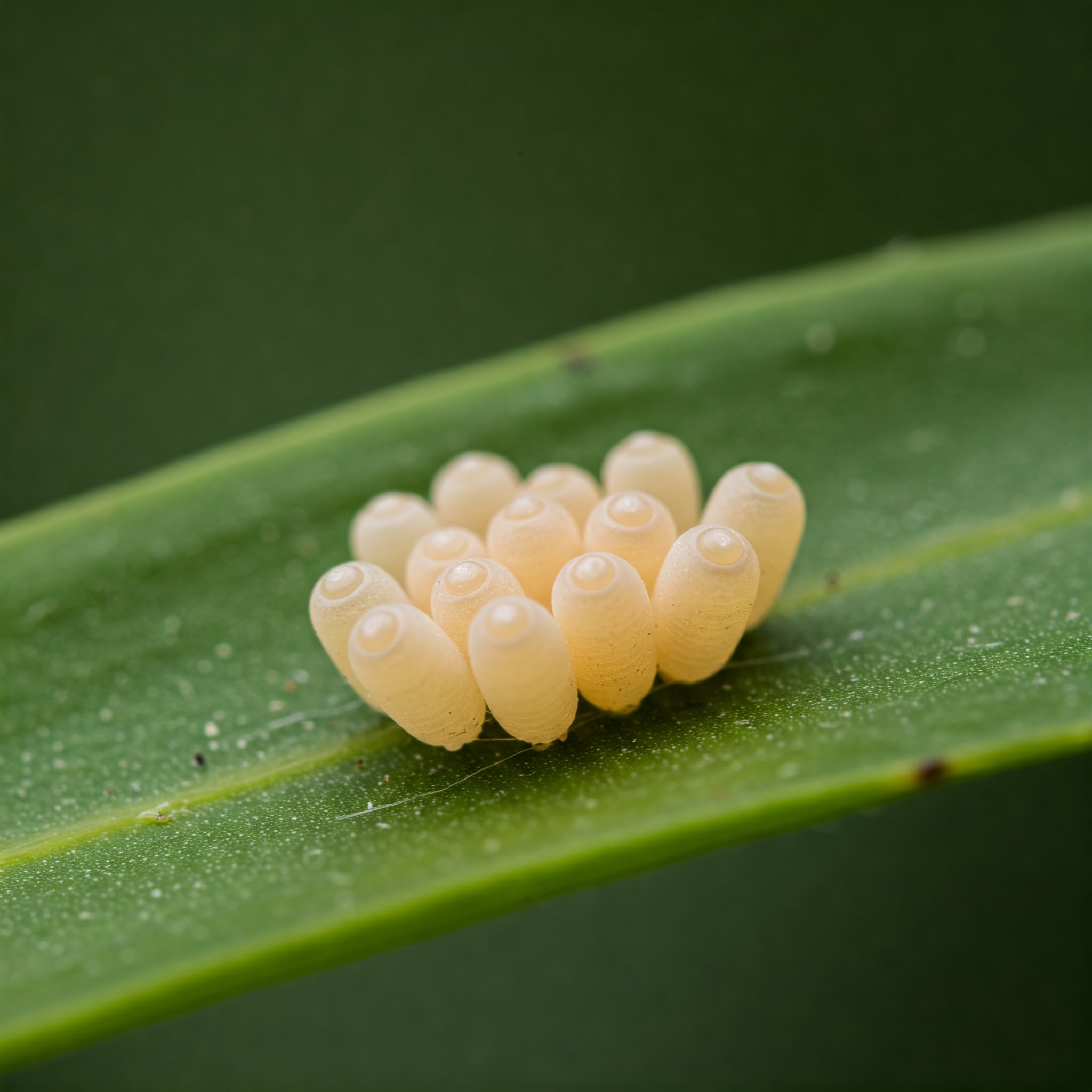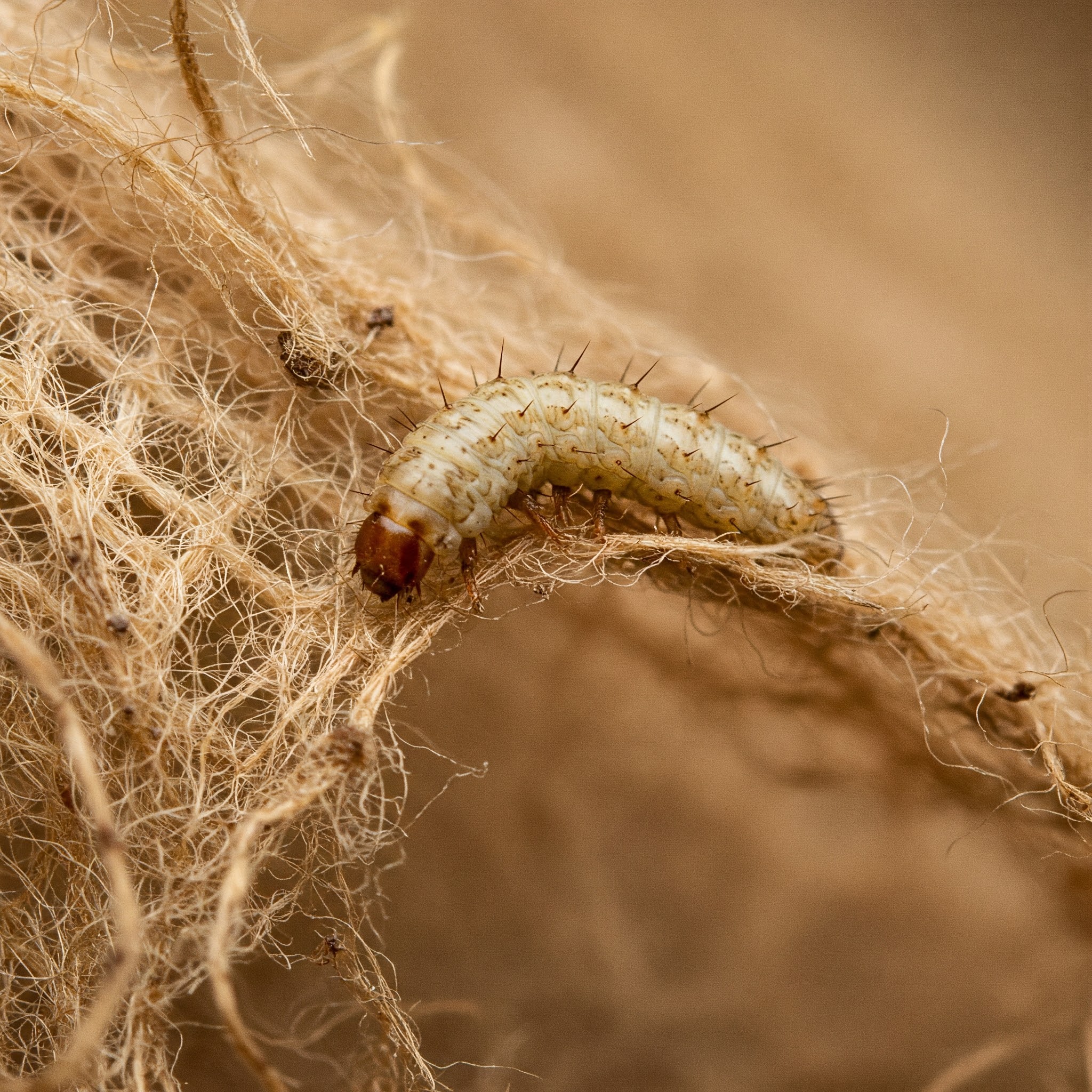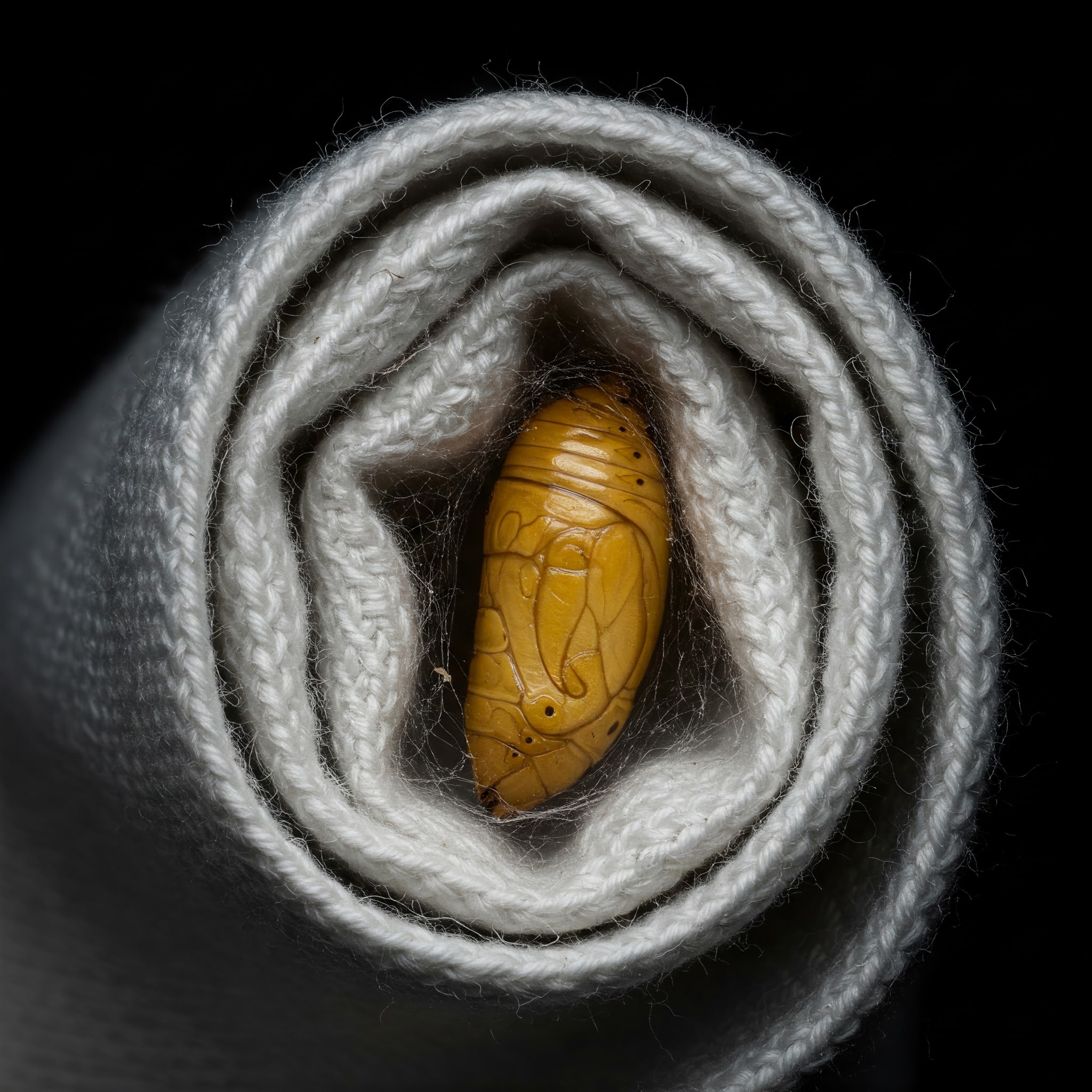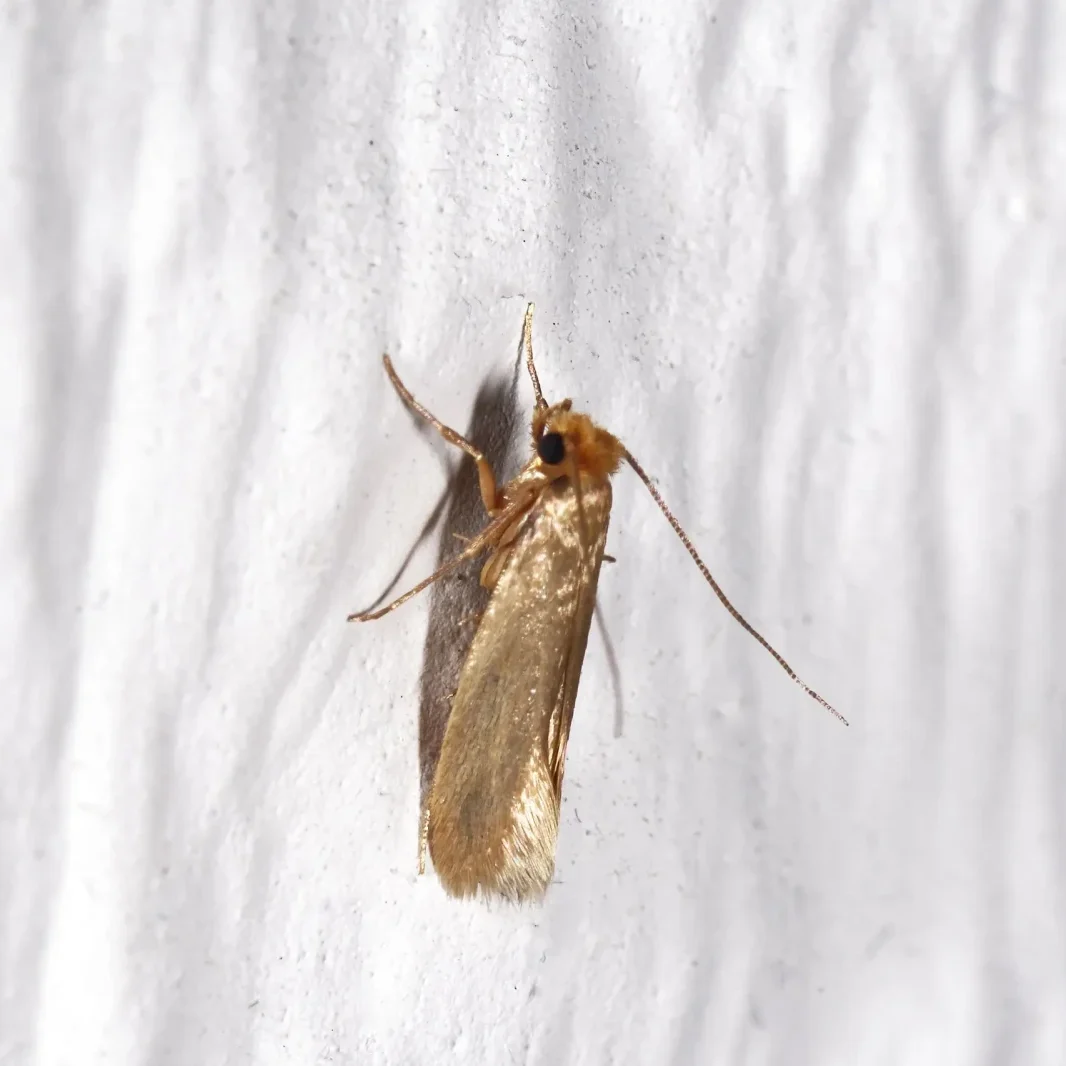Protect Your Valuables: Cloth Moth Control in Northern Virginia
Don't let cloth moths ruin your cherished clothing, furniture, and rugs. Our expert team provides effective solutions to eliminate these destructive pests.
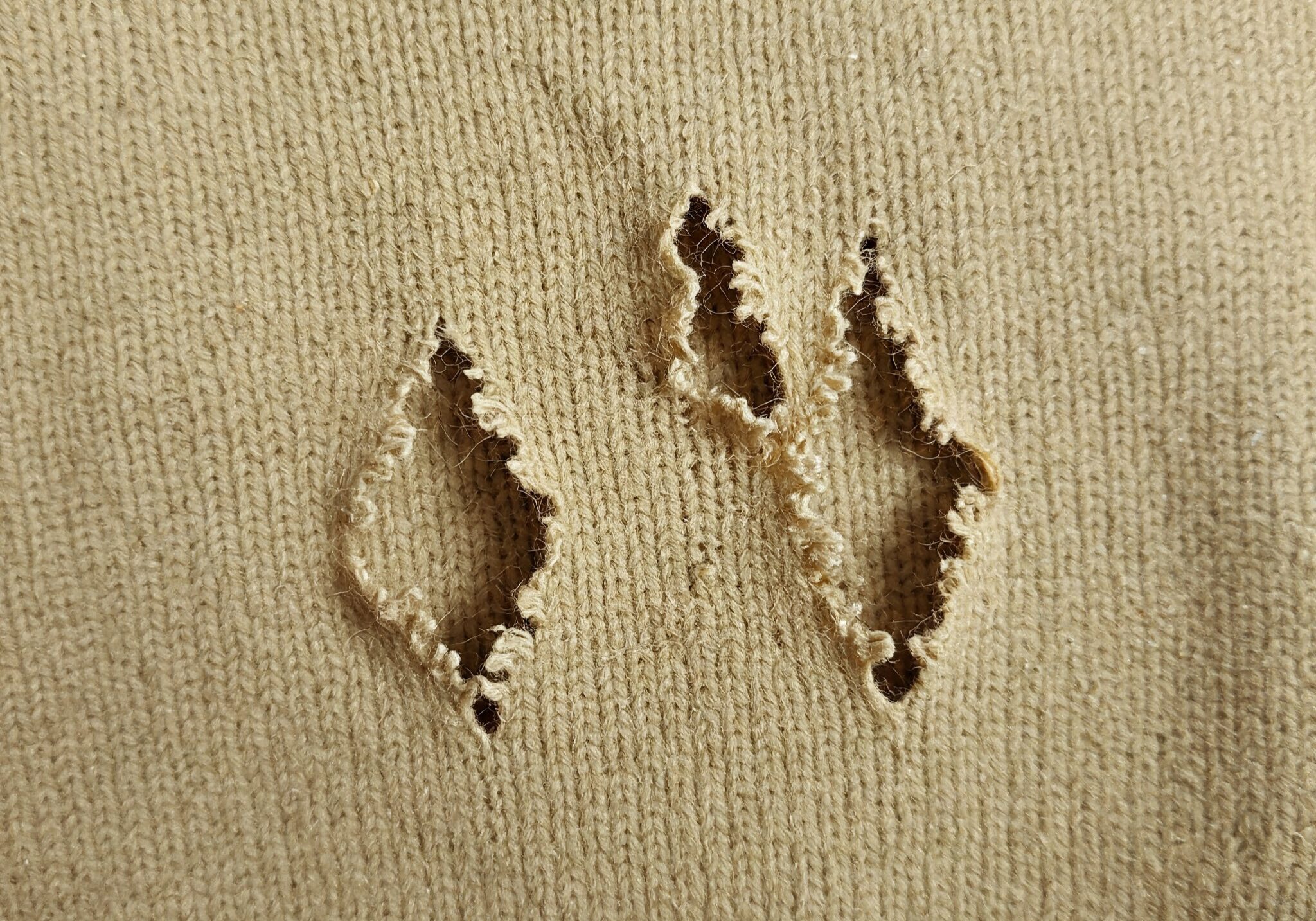
Identifying and Preventing Cloth Moth Damage
Cloth moths are small, brownish-gray moths that are commonly found in homes and other structures. They are attracted to natural fibers, such as wool, silk, and cotton, and can cause significant damage to clothing, carpets, and other textiles.
Life Cycle
The life cycle of a cloth moth is as follows:
- Egg: The female moth lays her eggs on or near a food source, such as a piece of clothing.
- Larva: The eggs hatch into larvae, which are small, white, and worm-like. The larvae are the destructive stage of the moth's life cycle. They feed on the fibers of the fabric, creating holes and tunnels.
- Pupa: The larvae eventually spin a cocoon and pupate.
- Adult: The adult moth emerges from the cocoon and the cycle begins again.
Cloth moths can reproduce quickly, so it is important to take steps to control them if you have an infestation.
Signs of a Cloth Moth Infestation
Here are some of the signs that you might have a cloth moth infestation:
- Holes in fabrics: This is the most obvious sign of a cloth moth infestation. The larvae of cloth moths feed on natural fibers, such as wool, silk, and cotton, and can create small holes in fabrics
- Larvae casings: You may find small, silken tubes or casings on or near infested fabrics. These are the cocoons that the larvae spin to pupate.
- Shedding skins: Larvae shed their skins as they grow, so you may find small, brownish skins on or near infested fabrics.
- Live moths: You may see adult cloth moths flying around your home, especially near infested areas.
Protecting Your Valuables from Cloth Moths!
Some tips for preventing and controlling cloth moths include:
- Storing clothing and other textiles in airtight containers
- Washing clothes in hot water
- Regularly vacuuming your home
- Using mothballs

